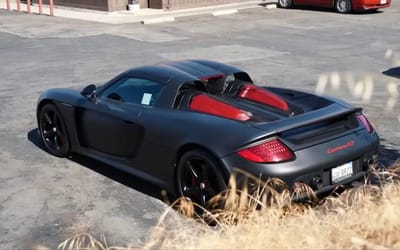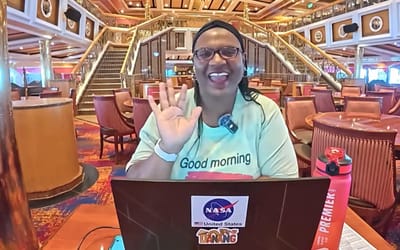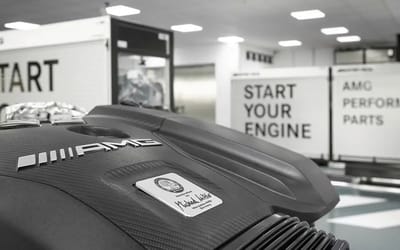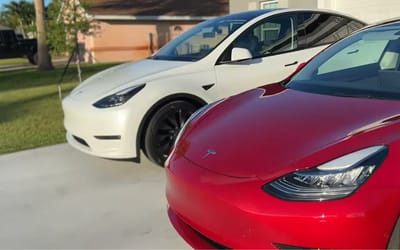NASA explains what will happen to your phone if you try to photograph the solar eclipse
- Most people know they shouldn’t look directly at the eclipse with their naked eye, it turns out there are similar rules for cellphone cameras
- NASA has advised on how to photograph the solar eclipse without damaging your smartphone.
- The solar eclipse is happening today, Monday, 8 April
Published on Apr 08, 2024 at 7:14 PM (UTC+4)
by Amelia Jean Hershman-Jones
Last updated on Apr 10, 2024 at 3:14 PM (UTC+4)
Edited by
Tom Wood
NASA has advised on what will happen if you try to capture the solar eclipse on your phone – and how you can do it without damaging your phone.
There are several precautions to take with your smartphone when the solar event happens later today (Monday, 8 April).
While most people know they shouldn’t look directly at the eclipse with their naked eye, turns out there are similar rules for cellphone cameras.
READ MORE! NASA spacecraft to ‘touch’ the sun at staggering speed in 2024
NASA posted advice about the total solar eclipse on its X account.
“We asked our @NASAHQPhoto team, and the answer is yes, the phone sensor could be damaged just like any other image sensor if it’s pointed directly at the sun,” it said.
“This is especially true if you’re using any sort of magnifying lens attachment on the phone.
“You would need to utilize the proper filters just like on any other camera.”
However, if you’re really keen to capture the celestial moment on film on your smartphone, it isn’t totally out of the question.
“The best practice would be to hold a pair of eclipse glasses in front of your phone’s lenses when photographing the sun at any point other than totality,” they added.
NASA also posted a video with advice on their website.
In addition to using eclipse glasses to filter the image, NASA advises capturing the image without touching your camera.
To do this, stabilizing your camera and using a delayed shutter release time is recommended.
Looking around you, rather than up is something you might never have thought of.
“As the Moon slips in front of the sun, the landscape will be bathed in eerie lighting and shadows,” NASA explains.
“As light filters through the overlapping leaves of trees, it creates natural pinholes that project miniature eclipse replicas on the ground.
“Anywhere you can point your camera can yield exceptional imagery, so be sure to compose some wide-angle photos that can capture your eclipse experience.”
And, if you’re interested in another POV, an astronaut has revealed what a solar eclipse looks like from space.
Delta is also offering a path-of-totality flight to watch the solar eclipse at 30,000 ft.
Back on Earth, NASA also advised practicing with your camera’s manual controls ahead of time so you’re ready when the time comes.
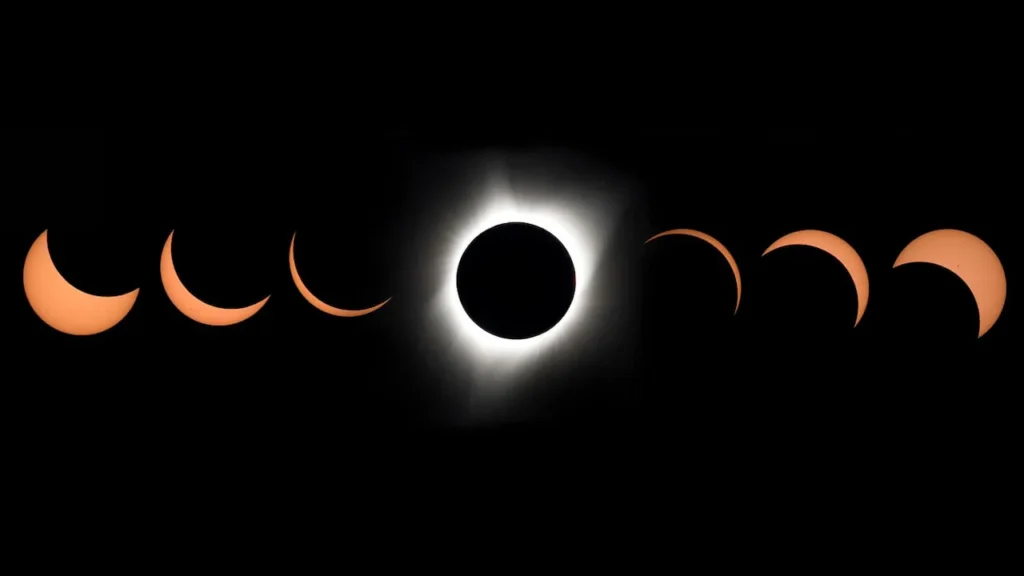
NASA’s safety tips remind us that ‘it is not safe to look directly at the sun without specialized eye protection for solar viewing’.
View the sun through eclipse glasses or a handheld solar viewer during the partial eclipse both before and after totality.
When you can no longer see any part of the sun through eclipse glasses or a solar viewer – and the Moon is completely obscuring it – you can view the eclipse directly without proper eye protection.
You might still want to keep the glasses on though, just to be safe.
If not, as soon as a little bit of the bright sun reappears put your eclipse glasses back on immediately or use a handheld solar viewer to look at the sun.
Happy viewing.
Some images in this article were generated using AI
DISCOVER SBX CARS: The global premium car auction platform powered by Supercar Blondie

All Supercar Blondie contributors undergo editorial review and fact-checking to ensure accuracy and authority in automotive journalism. After gaining her BA Hons in French and English at the University of Nottingham, Amelia embarked on a vocational diploma from the National Council for the Training of Journalists (NCTJ). This led to numerous opportunities, from interning at Vogue to being on the small team that launched Women’s Health magazine in the UK, which was named the PPA Consumer magazine of the year for three years running. As Health, Beauty and Fitness editor, Amelia personally received a Johnson & Johnson Award and was shortlisted for both PPA and BSME titles. Since then, Amelia has created content for numerous titles and brands, including the Telegraph, 111 Skin, Waitrose, Red magazine, Stylist, and Elle, as well as being Head of Content at Vitality and Editor in Chief at INLondon magazine. “My superpower is translating technical jargon about the mechanical workings of a supercar into a relatable story you’ll want to share with your friends after you’ve read it.” After joining the SB Media family as a senior journalist in September of 2023, Amelia’s role has evolved to see her heading up the SEO output of the editorial team. From researching the most ‘Google-able’ key terms to producing evergreen content - it’s been a time of hard work, growth, and success for the editorial team and the Supercar Blondie website. “I like to think of myself as a ‘method journalist’. In other words: I live and breathe whatever I am writing about. When writing about fitness, I trained as a personal trainer, and as a beauty editor, I completed an ‘expert’ in scent diploma with the Fragrance Foundation. “During my tenure at Supercar Blondie, however, I did something I never thought possible: I passed my driving test at the age of 36. One day I’d love to train as a mechanic to better understand what happens under the hood, too. “My sweet spot is providing readers with a ‘takeaway’ (read: something new they didn’t know before) after reading every one of my stories. While I don’t claim to be an expert in the automotive world, I know the experts and bodies in the field to rely on to provide our readers with an informative and thought-provoking story every time they visit the site.”

